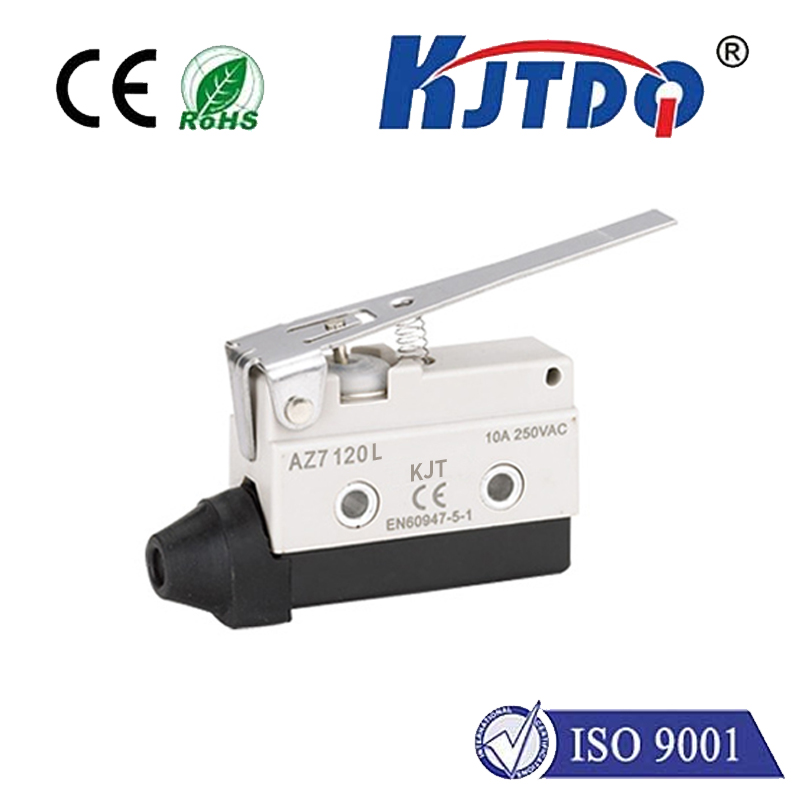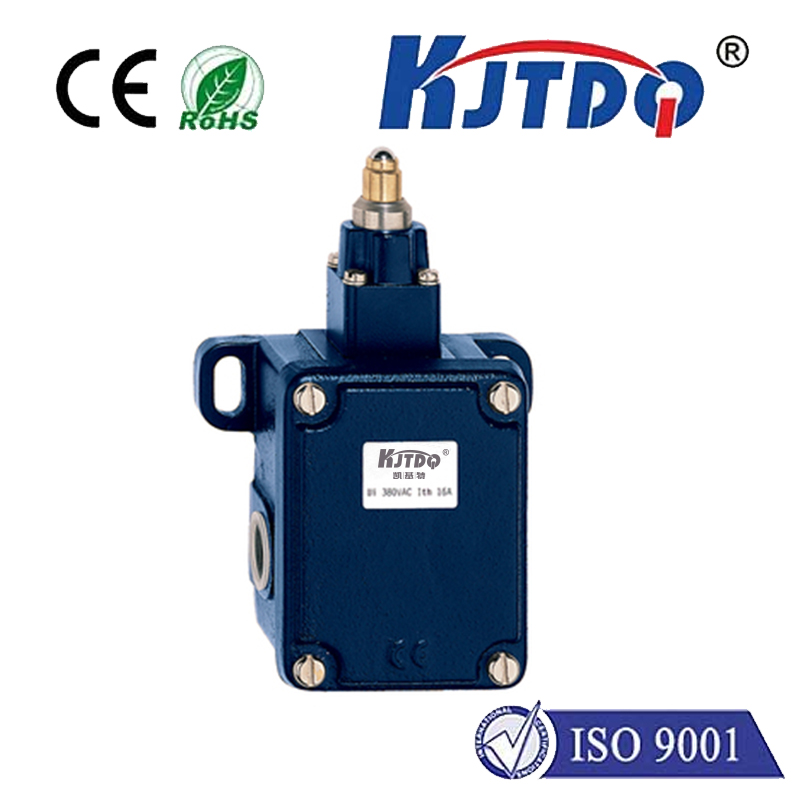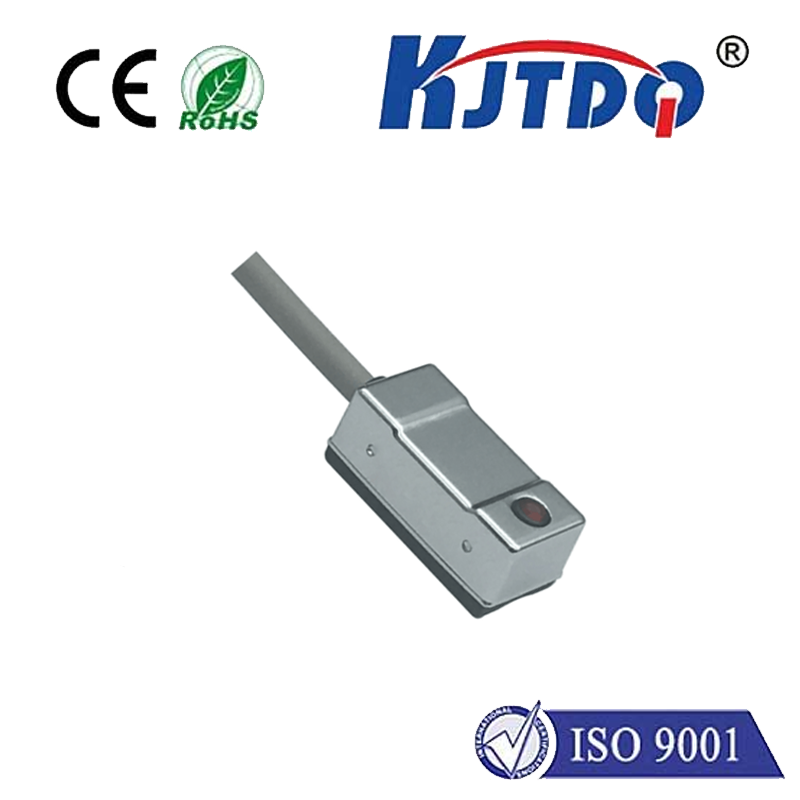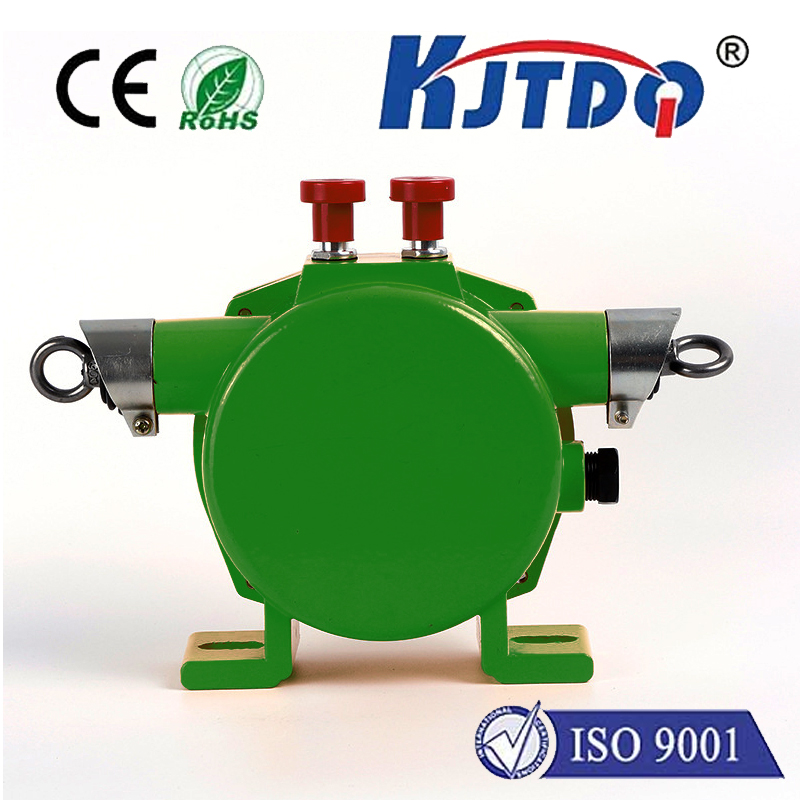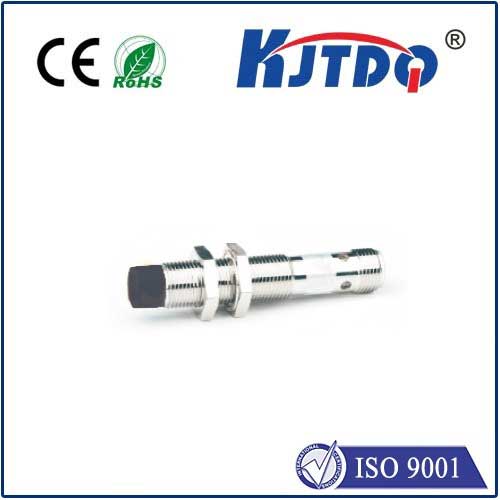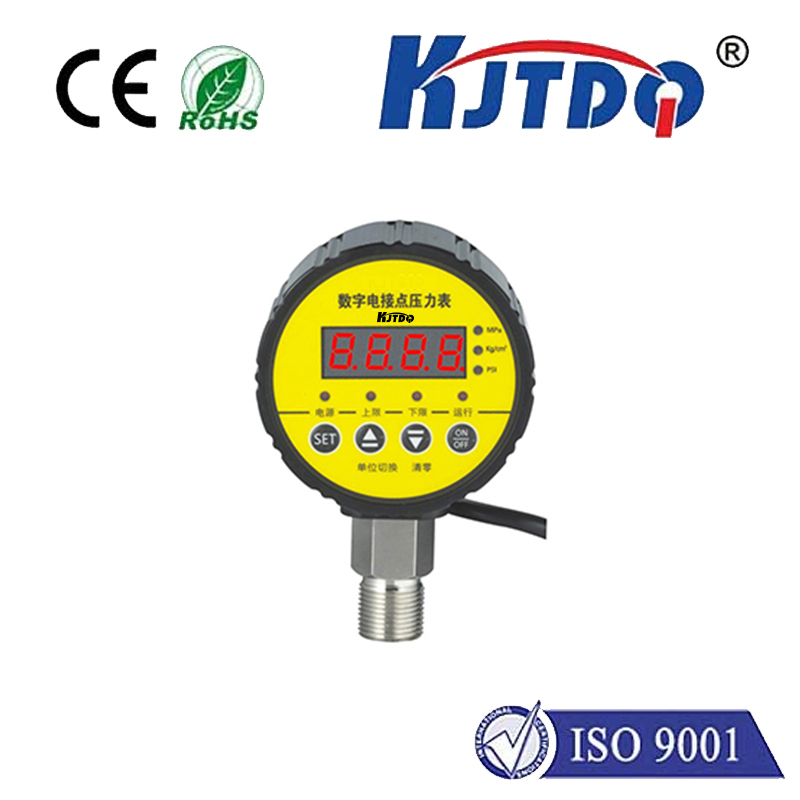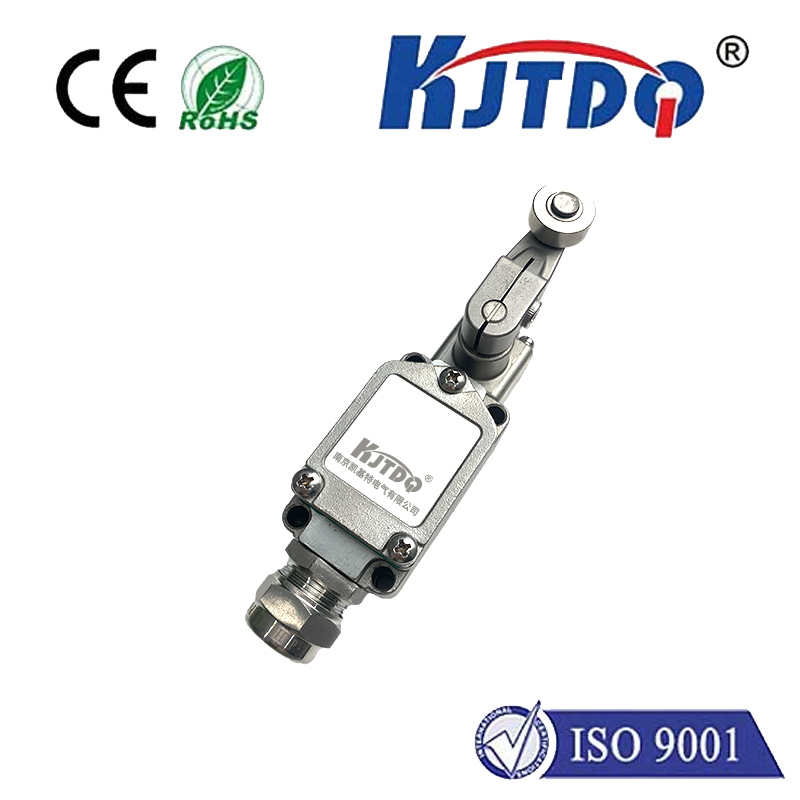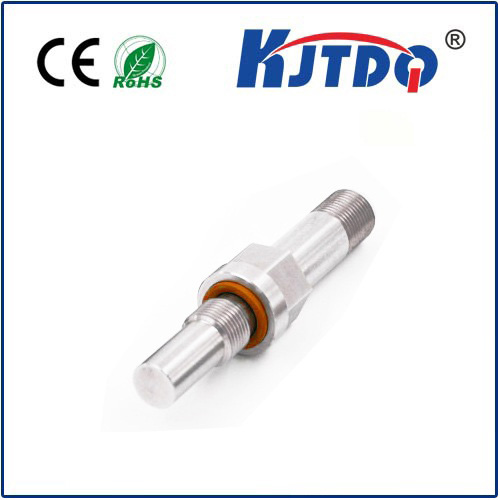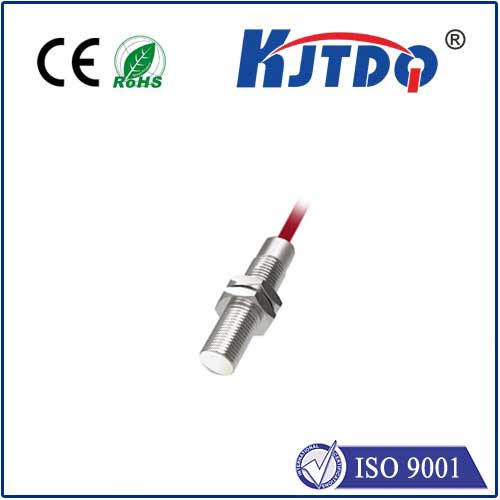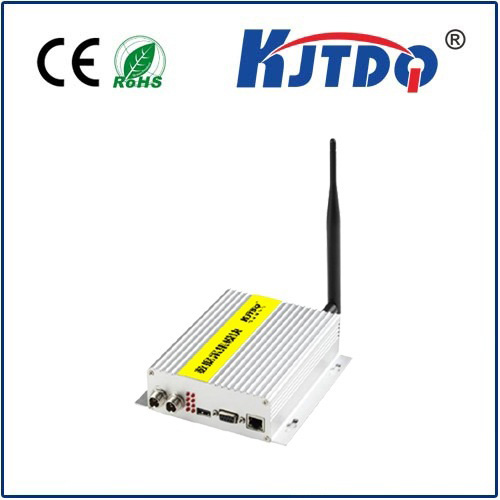
check

check

check

check
Title: Unlocking the Power of Laser Profile Sensors
Introduction
Laser profile sensors have revolutionized the field of industrial automation by providing high-resolution, real-time measurements of the shape and surface properties of various materials. These advanced sensors have numerous applications in manufacturing, quality control, and inspection, among others. In this article, we'll explore the basics of laser profile sensors, their working principle, advantages, and limitations.
What Is a Laser Profile Sensor?
A laser profile sensor is a non-contact measurement device that uses a laser beam to create a detailed 3D map of the surface being measured. The sensor consists of two parts: a laser source and a photodetector. The laser source emits a narrow, focused beam of light that is directed onto the surface being measured. The photodetector captures the scattered light from the surface, which is then used to calculate the distance to the surface at different points. By analyzing these distances, the sensor can generate a 3D model of the surface with unprecedented accuracy and resolution.
Working Principle

The working principle of a laser profile sensor involves three key components: the laser source, the photodetector, and the data acquisition system. Here's how they work together to measure the surface properties of an object:
1. Laser Source: The laser source emits a coherent beam of light from a specific wavelength. This beam is focused using lenses or mirrors to form a sharp, concentrated light spot that is directed onto the surface being measured.
2. Photodetector: The photodetector is placed at various points along the edge of the laser spot. When the light hits the surface, it scatters in all directions. Some of this scattering is captured by the photodetector, while the rest is absorbed by the surrounding material. By measuring the intensity of the reflected light at each point, the sensor can determine the distance to the surface at that location.
3. Data Acquisition System: The data acquired by the sensor is then processed by the data acquisition system, which converts it into digital signals that can be analyzed and stored for later use. This system typically includes algorithms for accurate alignment, calibration, and filtering to ensure reliable data output.
Advantages and Limitations
Laser profile sensors offer several advantages over traditional measurement methods, including high accuracy, real-time data acquisition, and non-contact measurement. Some of their key benefits include:
1. High Accuracy: Laser profile sensors can measure surface roughness, texture, and other surface features with exceptional precision. Their ability to capture detailed 3D maps of surfaces makes them ideal for applications such as quality control, metrology, and defect detection.
2. Real-Time Data Acquisition: Unlike traditional contact or pressure-based sensors, laser profile sensors do not require physical contact with the surface being measured. This makes them suitable for applications where contact could damage or compromise the integrity of the sample. Furthermore, their fast response time allows for immediate feedback on changes in surface characteristics.
3. Non-Contact Measurement: Laser profile sensors operate without any direct contact between the measurement instrument and the sample surface. This eliminates potential errors caused by contamination, wear, or degradation of sensitive materials.
However, laser profile sensors also have some limitations that should be considered when choosing them for specific applications:
1. Cost: High-end laser profile sensors can be expensive due to their advanced technology and complex components. This may make them less accessible for smaller businesses or hobbyists looking to invest in non-contact measurement equipment.
2. Maintenance: Laser profile sensors require regular maintenance to ensure reliable performance and accurate measurements. This includes cleaning the lens or mirrors, updating firmware or software, and replacing worn parts as needed. Failure to maintain these systems can result in inaccurate readings or even damage to the sensor itself.
